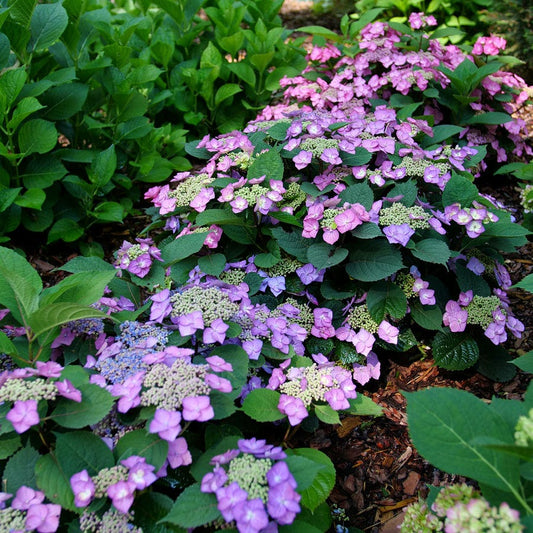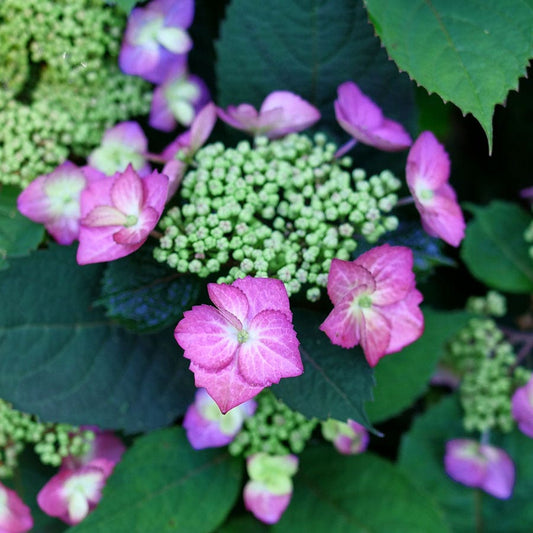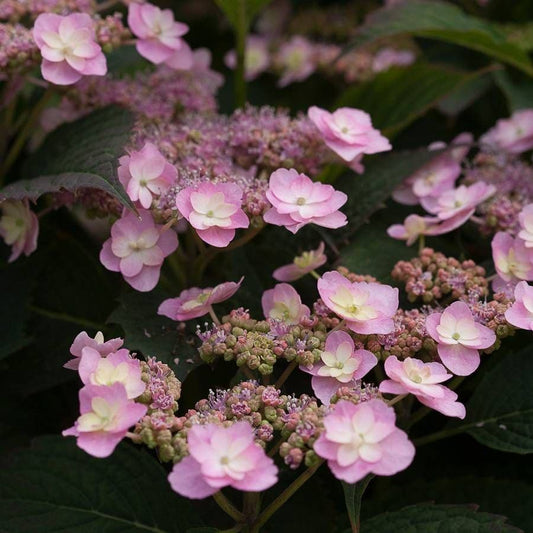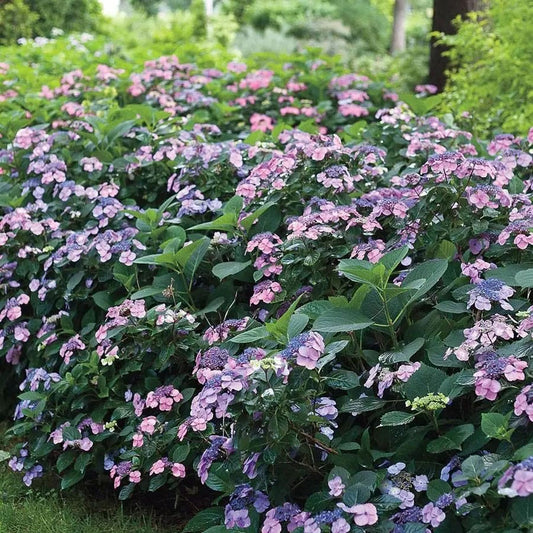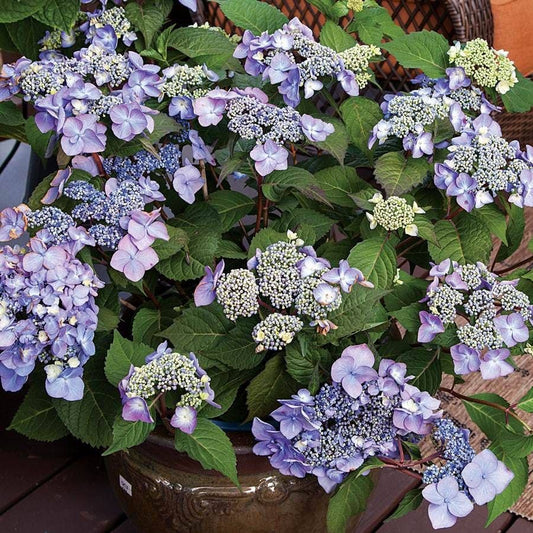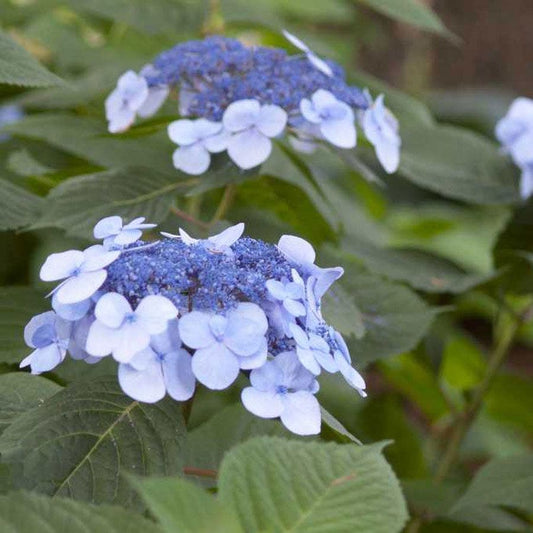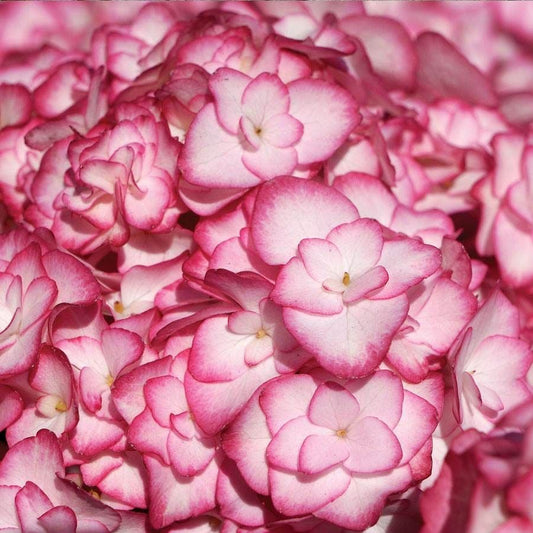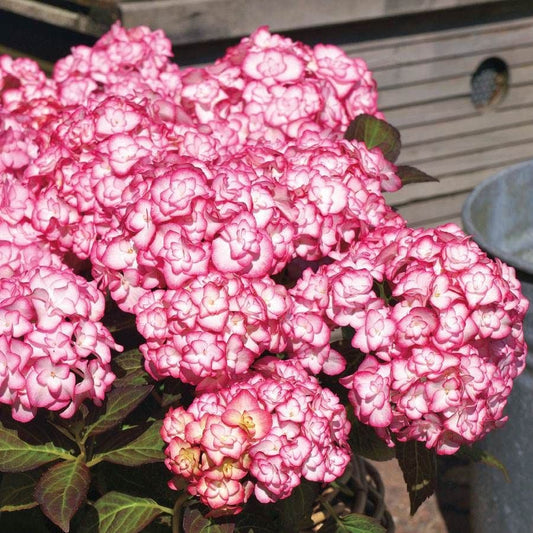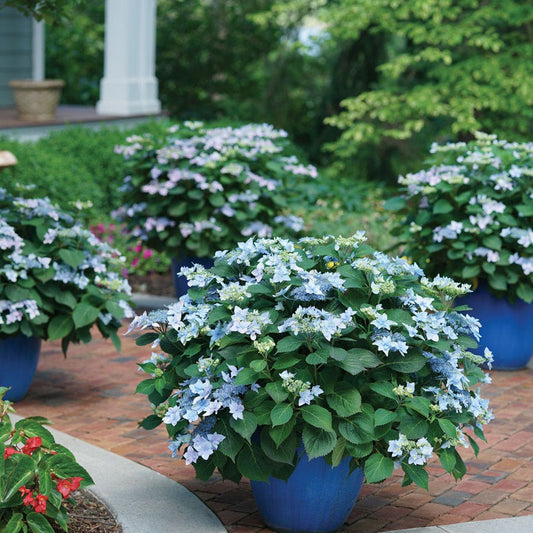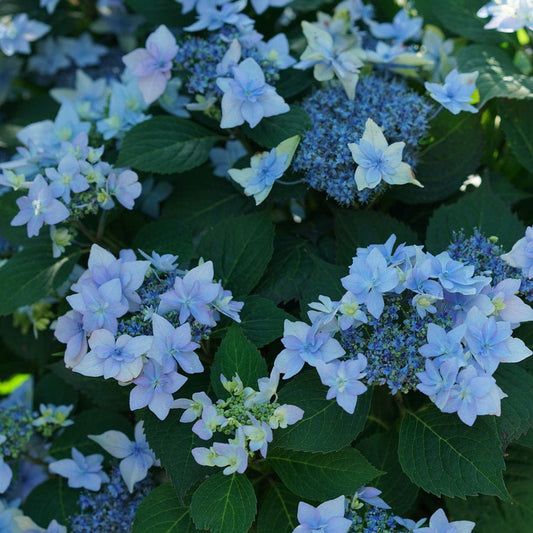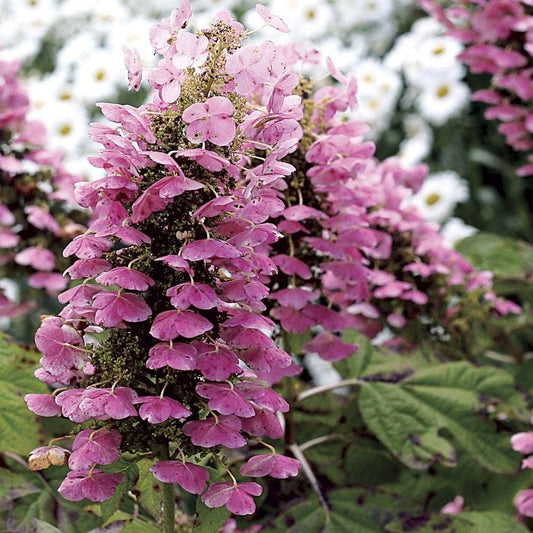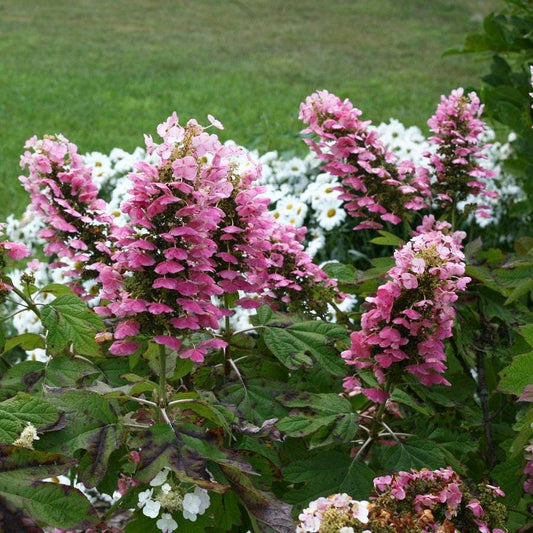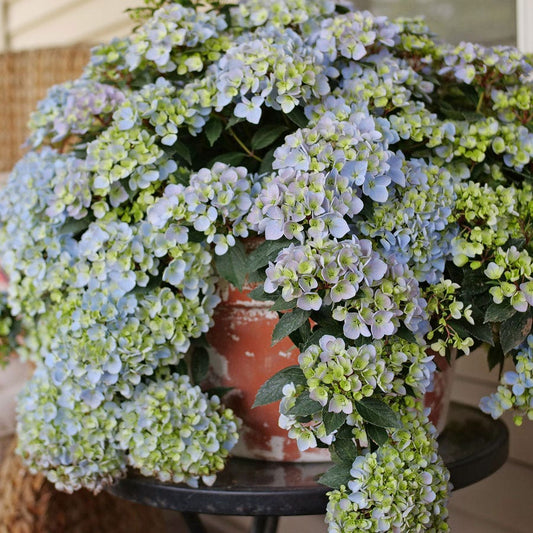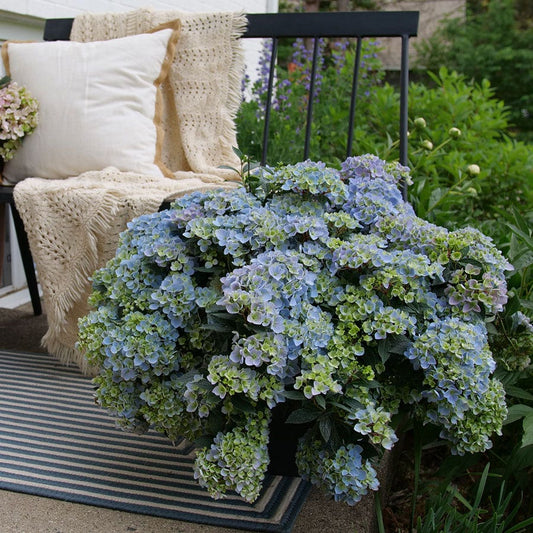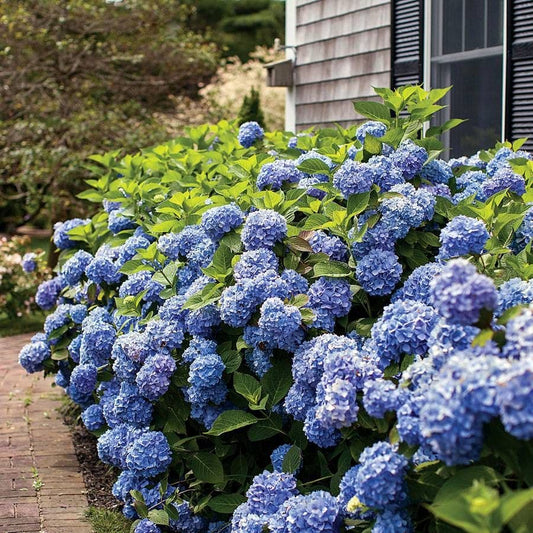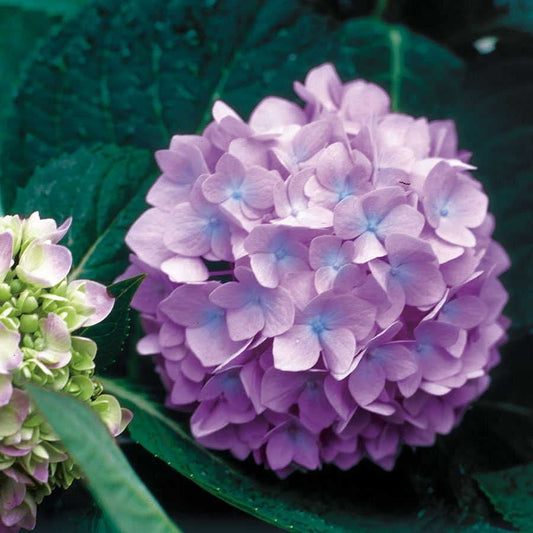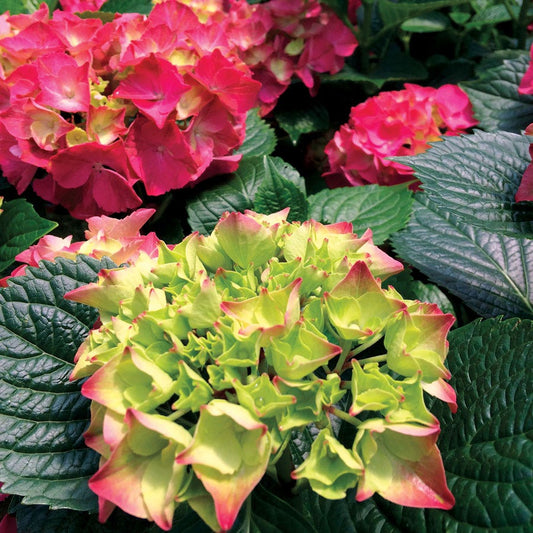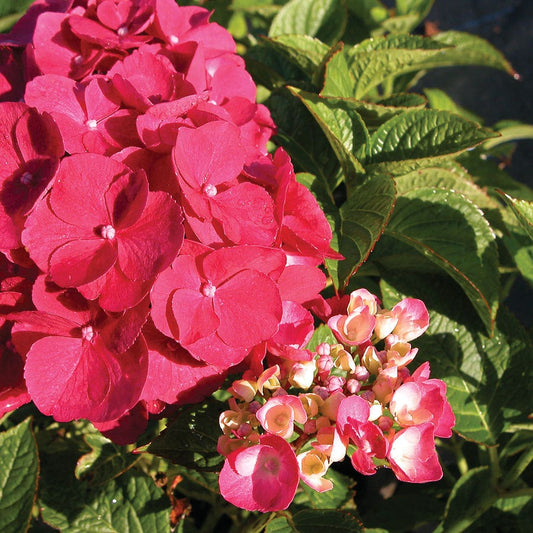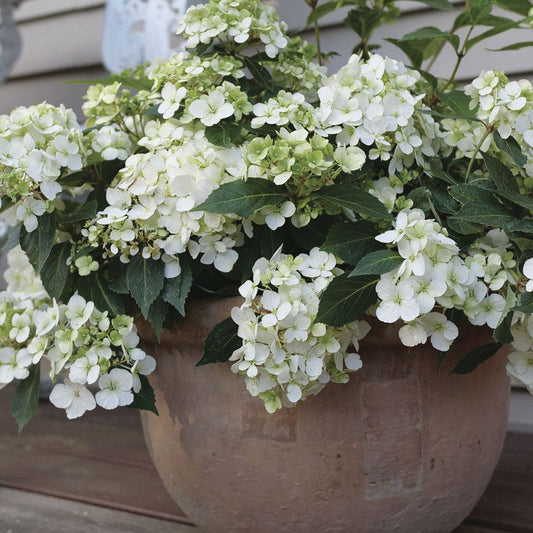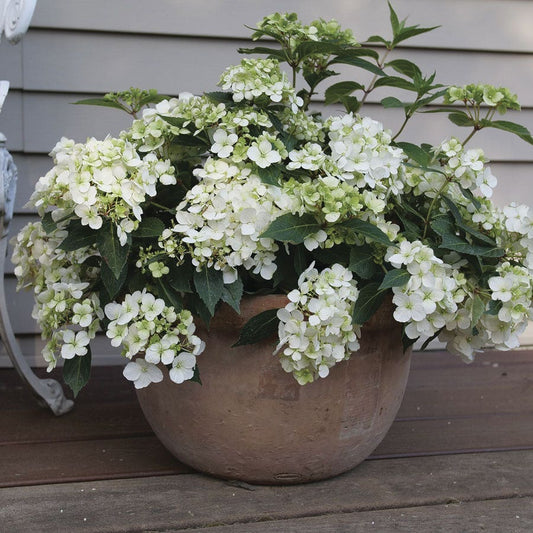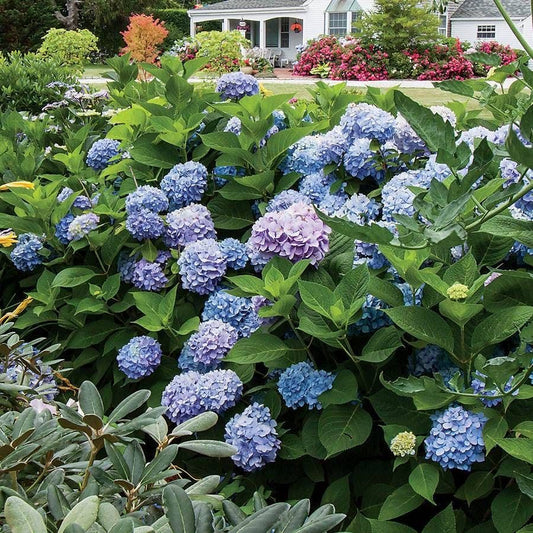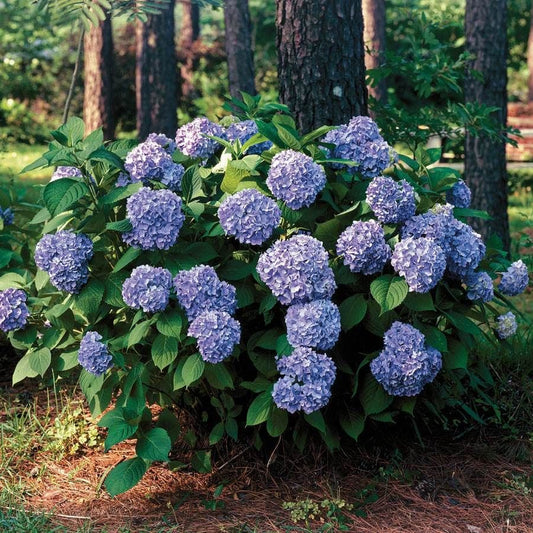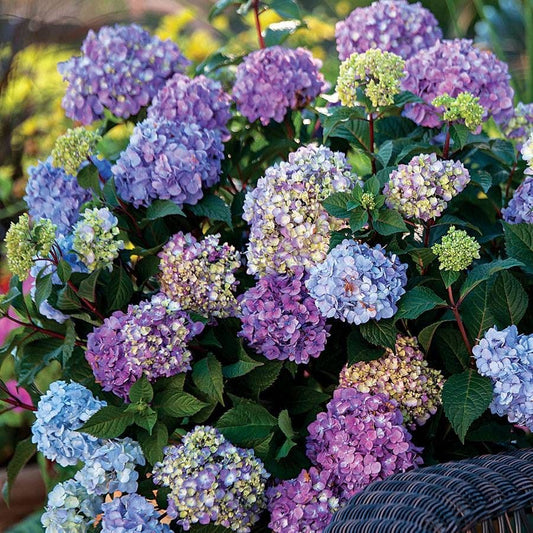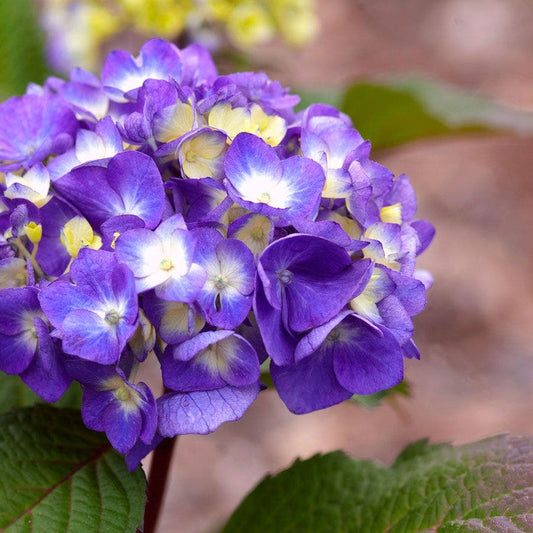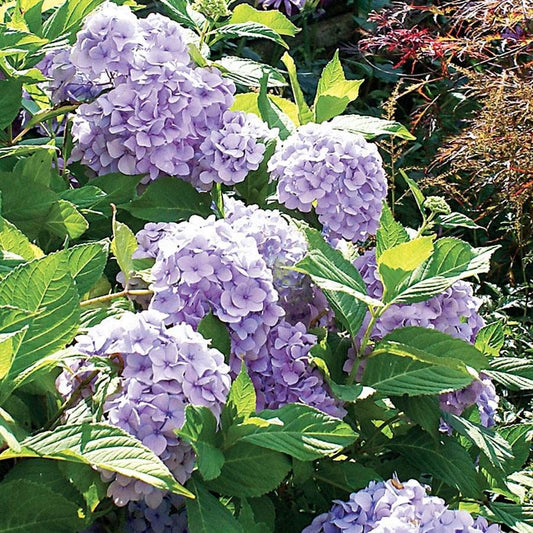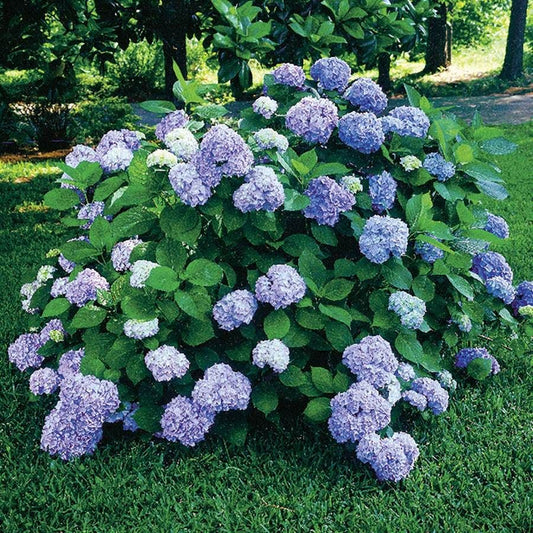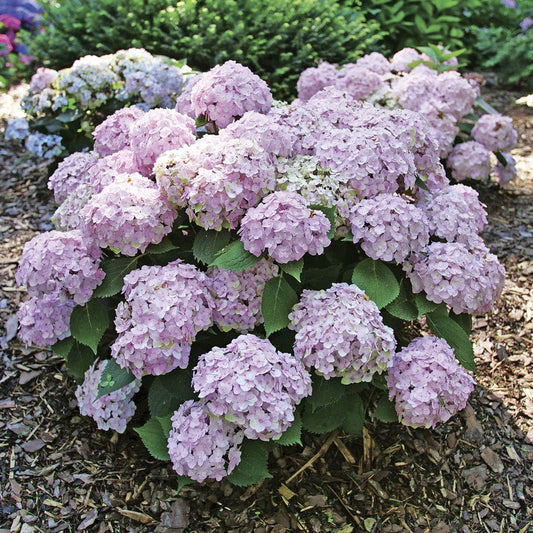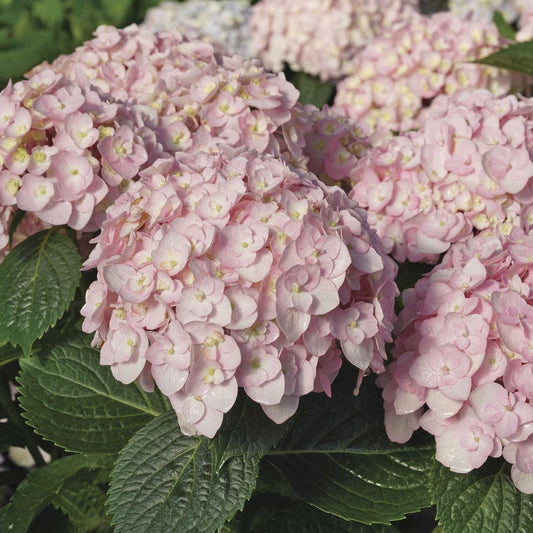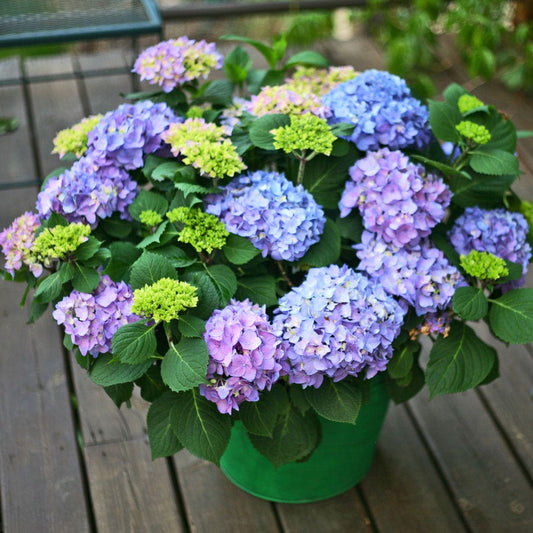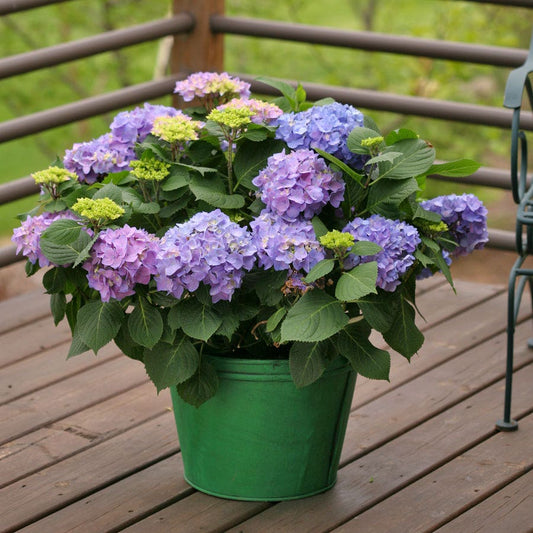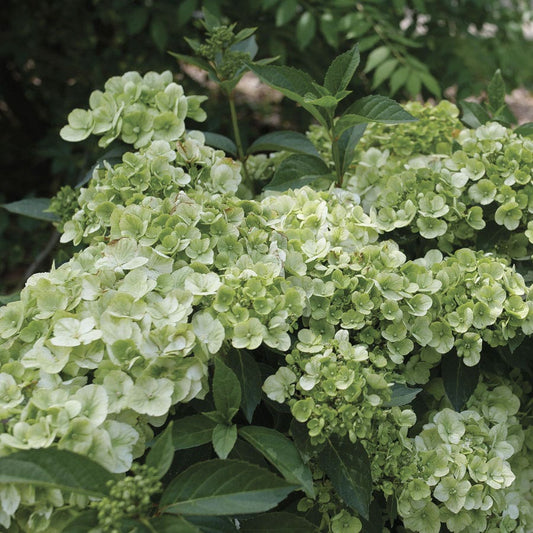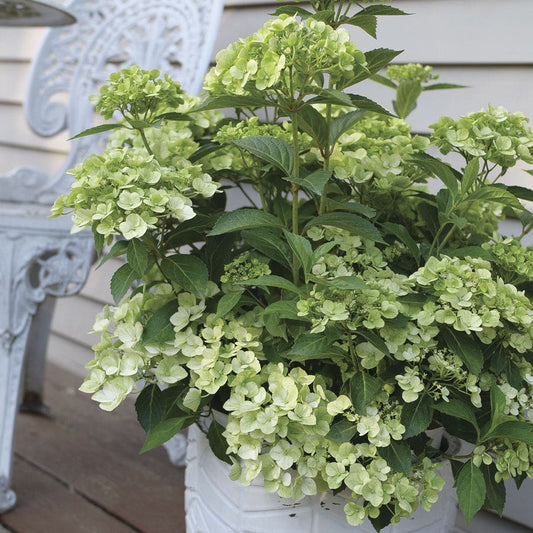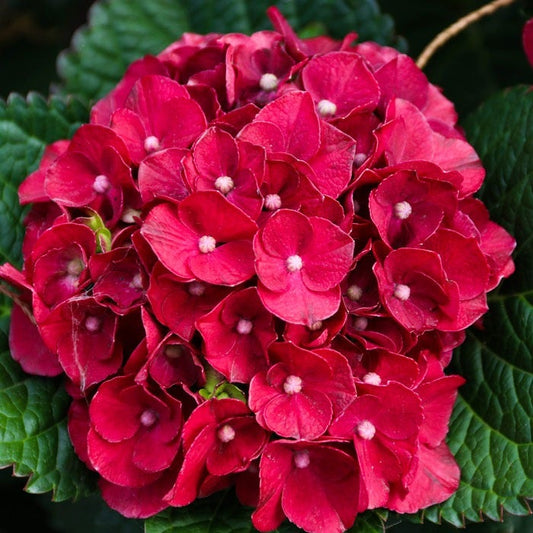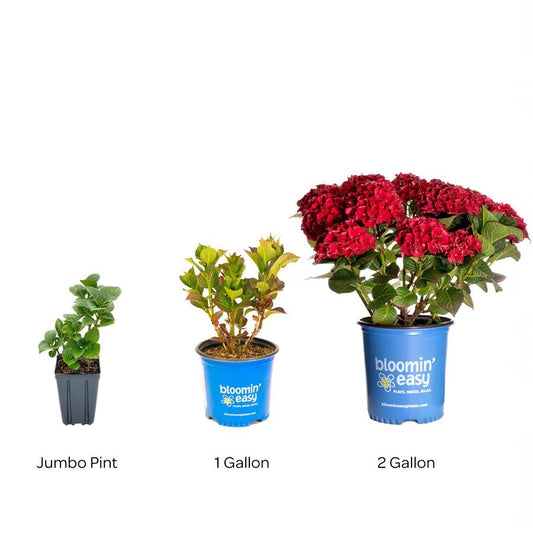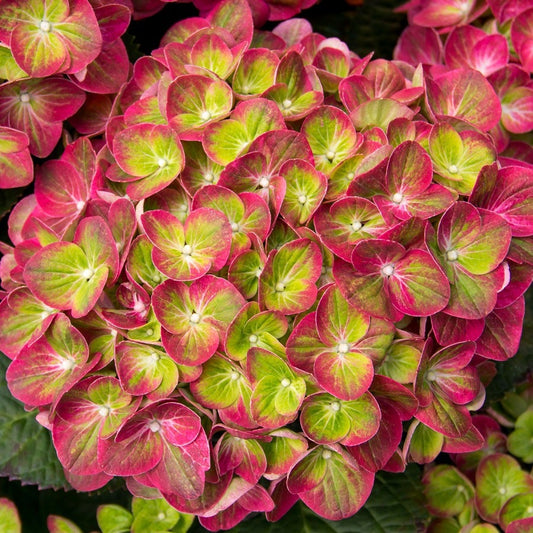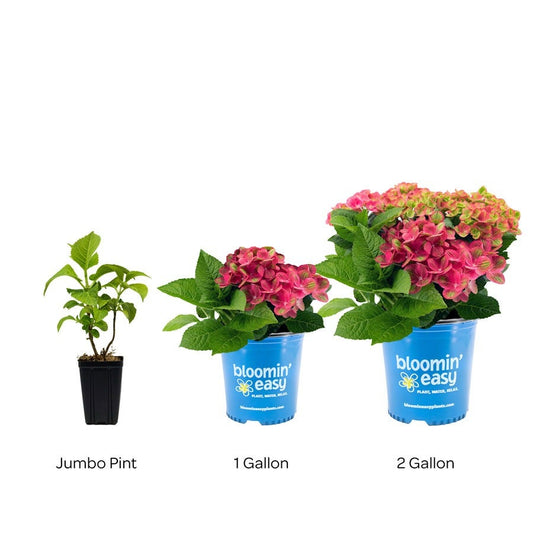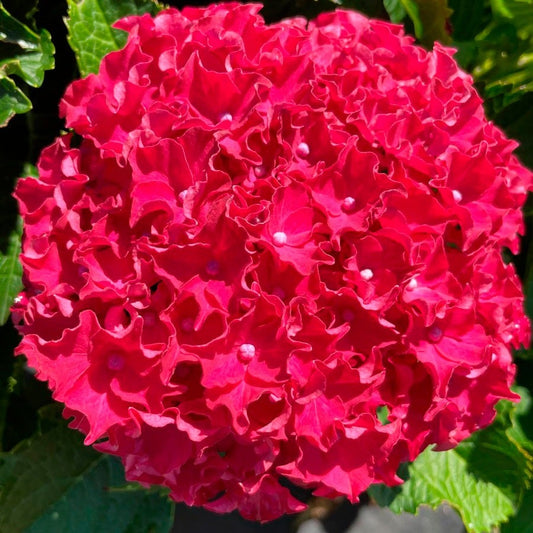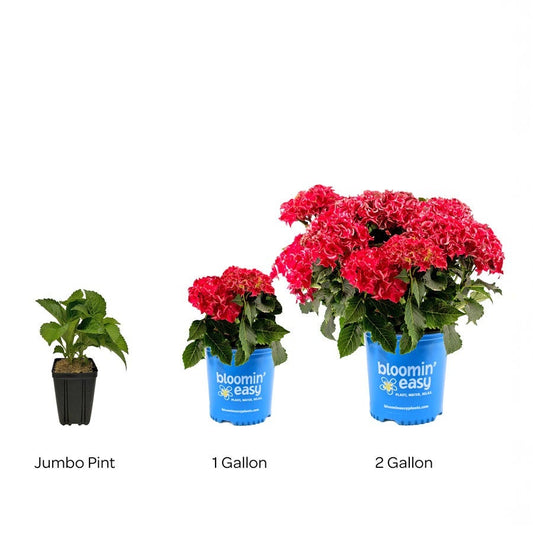Old Wood Hydrangea
Check out our premium selection of bigleaf hydrangeas (H. macrophylla), oakleaf hydrangeas (H. quercifolia), and mountain hydrangeas (H. serrata), which are species that bloom on last-year’s growth often called "old wood."
-
Hydrangea Tuff Stuff Top Fun™ Mountain Hydrangea
Regular price $24.95Regular priceUnit price per$24.95Sale price $24.95 -
Hydrangea Tiny Tuff Stuff™ Mountain Hydrangea
Regular price $26.95Regular priceUnit price per$26.95Sale price $26.95 -
Hydrangea Endless Summer® Twist-n-Shout® Bigleaf Hydrangea
Regular price $27.95Regular priceUnit price per$27.95Sale price $27.95 -
Hydrangea 'Miss Saori'
Regular price $26.95Regular priceUnit price per$26.95Sale price $26.95 -
Tuff Stuff Ah-Ha® Mountain Hydrangea
Regular price $24.95Regular priceUnit price per$24.95Sale price $24.95 -
Hydrangea Gatsby Pink® Oakleaf Hydrangea
Regular price $27.95Regular priceUnit price per$27.95Sale price $27.95 -
Hydrangea Fairytrail Fresco™ Cascade Hydrangea
Regular price $24.95Regular priceUnit price per$24.95Sale price $24.95 -
Hydrangea Endless Summer® Hydrangea
Regular price $27.95Regular priceUnit price per$27.95Sale price $27.95 -
Hydrangea 'Glowing Embers' Bigleaf Hydrangea
Regular price From $22.95Regular priceUnit price per$22.95Sale price From $22.95 -
Hydrangea Fairytrail™ White Cascade Hydrangea
Regular price $24.95Regular priceUnit price per$24.95Sale price $24.95 -
Hydrangea Gatsby Glow Ball™ Oakleaf Hydrangea
Regular price $24.95Regular priceUnit price per$24.95Sale price $24.95 -
Hydrangea 'All Summer Beauty'
Regular price $22.95Regular priceUnit price per$22.95Sale price $22.95 -
Hydrangea Let's Dance® Blue Jangles® Bigleaf Hydrangea
Regular price $24.95Regular priceUnit price per$24.95Sale price $24.95 -
Endless Summer® BloomStruck® Hydrangea
Regular price $27.95Regular priceUnit price per$27.95Sale price $27.95 -
Hydrangea Let's Dance Lovable™ Bigleaf Hydrangea
Regular price $24.95Regular priceUnit price per$24.95Sale price $24.95 -
Hydrangea 'Nikko Blue'
Regular price From $26.95Regular priceUnit price per$26.95Sale price From $26.95 -
Hydrangea Wee Bit Innocent™ Bigleaf Hydrangea
Regular price $24.95Regular priceUnit price per$24.95Sale price $24.95 -
Let's Dance® Rhythmic Blue® Bigleaf Hydrangea
Regular price $24.95Regular priceUnit price per$24.95Sale price $24.95 -
Hydrangea Fairytrail™ Green Cascade Flowering Shrub
Regular price $24.95Regular priceUnit price per$24.95Sale price $24.95 -
Hydrangea Endless Summer® Summer Crush® Bigleaf Hydrangea
Regular price From $28.95Regular priceUnit price per$28.95Sale price From $28.95 -
Hydrangea Magical® Ruby Red
Regular price $26.95Regular priceUnit price per$26.95Sale price $26.95 -
Hydrangea Cherry-Go-Round™ Bigleaf Hydrangea
Regular price From $29.95Regular priceUnit price per$29.95Sale price From $29.95Sold out -
Hydrangea Tilt-A-Swirl® Bigleaf Hydrangea
Regular price From $29.95Regular priceUnit price per$29.95Sale price From $29.95Sold out -
Hydrangea Frill Ride™ Bigleaf Hydrangea
Regular price From $29.95Regular priceUnit price per$29.95Sale price From $29.95Sold out
Old Wood Hydrangea
About New Wood Hydrangeas
Old wood hydrangeas are a type of hydrangea that produces flower buds on stems from the previous growing season. These hydrangeas set their buds in late summer to early fall, and as a result, pruning should be done cautiously to avoid removing potential flower buds. Examples of old wood hydrangeas include the popular Bigleaf Hydrangea (Hydrangea macrophylla), known for its mophead and lacecap varieties, as well as the Oakleaf Hydrangea (Hydrangea quercifolia) and Lacecap Hydrangea (Hydrangea serrata). Careful pruning, typically right after flowering in late summer or early fall, helps maintain the health of the plant and ensures abundant blooms in the following season.
Why Grow Old Wood Hydrangeas?
People may choose to grow old wood hydrangeas over new wood hydrangeas for various reasons, depending on their preferences, gardening goals, and the specific conditions of their garden. Here are some factors that might influence the choice:
- Blooming Habit: Old wood hydrangeas produce flower buds on stems from the previous year, ensuring early and consistent blooming. This can be advantageous for gardeners who appreciate a reliable and well-established blooming pattern.
- Mature Plant Size and Form: Old wood hydrangeas often have a more established and woody structure, providing a well-defined shape. This can be appealing to those looking for a specific mature plant size and form in their garden.
- Traditional Charm: Many popular hydrangea varieties, such as Bigleaf Hydrangeas (mophead and lacecap) and Oakleaf hydrangeas, bloom on old wood. Gardeners may choose these varieties for their traditional and timeless aesthetic, as they are associated with classic garden designs.
- Cold Climate Suitability: In colder climates, old wood hydrangeas may be preferred because the previous year's growth helps protect the developing buds from winter frost. This can result in more reliable blooming in regions with colder temperatures.
- Historical or Nostalgic Appeal: Old wood hydrangeas have been cultivated and cherished for generations, and some gardeners may be drawn to the historical or nostalgic appeal associated with these classic varieties.
How to Prune Old Wood Hydrangeas?
- Timing: The best time to prune old wood hydrangeas is right after they finish flowering, typically in late summer or early fall. This gives the plant ample time to develop new buds on the current year's growth.
- Dead or Damaged Wood: Begin by removing any dead or damaged wood. This helps maintain the overall health of the plant and encourages new growth.
- Selective Pruning: If you need to control the size or shape of the hydrangea, selectively prune some of the oldest stems at ground level. Avoid cutting more than one-third of the total stems to ensure you don't remove too many potential buds.
- Remove Weak Stems: Identify and remove weak or spindly stems to encourage stronger, healthier growth.
- Avoid Late Winter or Spring Pruning: Since old wood hydrangeas set their buds in late summer to early fall, avoid pruning them in late winter or early spring. Pruning at this time may remove the buds that would have developed into flowers.
- Hydrangea Macrophylla (Mophead and Lacecap): For bigleaf hydrangeas, which are a type of old wood hydrangea, you can also remove a few of the oldest stems at ground level each year to encourage new growth and improve overall vigor.
Incorporating the timeless beauty of old wood hydrangeas into your garden not only ensures reliable and classic blooms but also adds a touch of historical charm and elegance, making these varieties a cherished choice for any landscape.
Discover tips to ensure your hydrangeas thrive, from soil preparation to pruning techniques, by following our expert advice on the Hydrangea Planting and General Care Guide and the How to Prune Hydrangea Plants blog.
